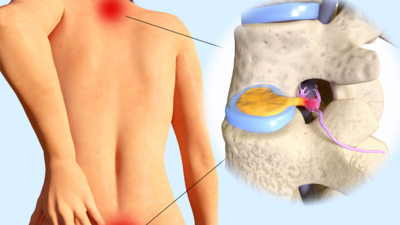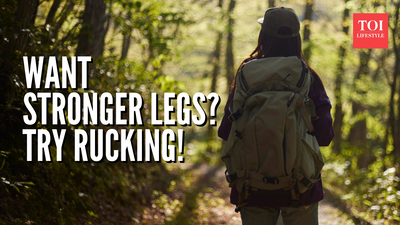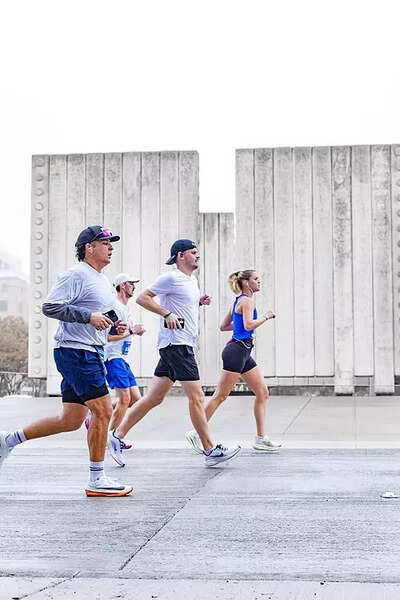Disc Herniation: 4 exercise that can bring relief |

Disc herniations are becoming more common day by day. Affecting approximately 5 to 20 adults out of every 1000 adults (According to NCBI). A herniated disc is a condition affecting the spine in which annulus fibrosus is damaged, enabling the nucleus pulposus (normally located within the center of the disc) and has become one of the most common causes of back pain.Disk herniation is most often the result of a gradual, aging-related wear and tear called disk degeneration. Sometimes twisting and turning while lifting can also cause a herniated disk. And as people age, they become less and less flexible and more prone to tearing or rupturing with even the slightest twist.
What are the symptoms of disc herniation?

The most commonly occurring symptoms of disk herniation are: (Mayo Clinic):Numbness or tingling in spine: Most people who have a herniated disc often have radiating numbness or a tingling sensation in their backs.Weakness: muscles served by the affected nerves tend to weaken. This can cause you to stumble or it can affect your ability to lift and hold items in future.Lower back pain: The pain is likely felt in the thighs and calf muscles. You might also have pain in some parts of your foot.
How to know if you have a herniated disc

Over 85% of patients with symptoms associated with an acute disease of herniated disc will resolve within 8 to 12 weeks, as per a study published in the National Library of Medicine, titled “Disc herniation”. However, for those who have an abnormal neurological condition, further evaluation and treatments are needed.X-ray: Almost every clinic does X-rays. This imaging technique can be used to ass for any structural instability.CT scan: It is the preferred study to visualize bony structures in the spine. It can also show calcified herniated discs.MRI: It is the preferred and most sensitive study to visualize herniated discs. MRI findings will help surgeons and other providers plan procedural care if it is indicated.
Safe and effective exercises for disc herniation

Cobra pose: This pose effectively relieves back pain. Lie on your stomach with both hands on the floor near your chest; slowly straighten both arms so that your head, chest, and shoulders are off the floor. Hold for 10 seconds, lower your head, chest, and shoulders, and repeat at least 5 to 10 times.Cat-cow pose: This stretch combines two yoga poses that help create space between the disks that are causing you pain and relieve the pressure on your spine. When doing this pose, get on your hands and knees and look upward. Imagine a string is pulling your belly button to the floor, creating an arch in your low back. Exhale and move into rounding your back and transition to looking downward at your chest. Repeat these alternating motions ten times for three rounds.Bird-dog pose: This exercise promotes good posture by working the deep spinal muscles and increasing low back muscle stabilization. To do this exercise, start on your hands and knees with your knees bent and hands directly under your shoulders to ensure proper alignment. Make sure your shoulders are correctly aligned with your hands and your knees with your hips. At the same time, kick your right leg out while keeping it aligned with your torso. Hold this position for a few pauses and return to your starting position.Standing extension: This exercise helps combat the habitual hunch that strains your back. This helps move the disks in a neutral position. To begin this exercise, start by standing up in a proper posture. Set your hands on your lower back and begin to push your pelvis forward. Keep extending your back until your gaze meets the ceiling. Start by doing this motion ten times for three rounds.Disclaimer: This article is based on pure research and offers no medical guarantee/advice on the same





